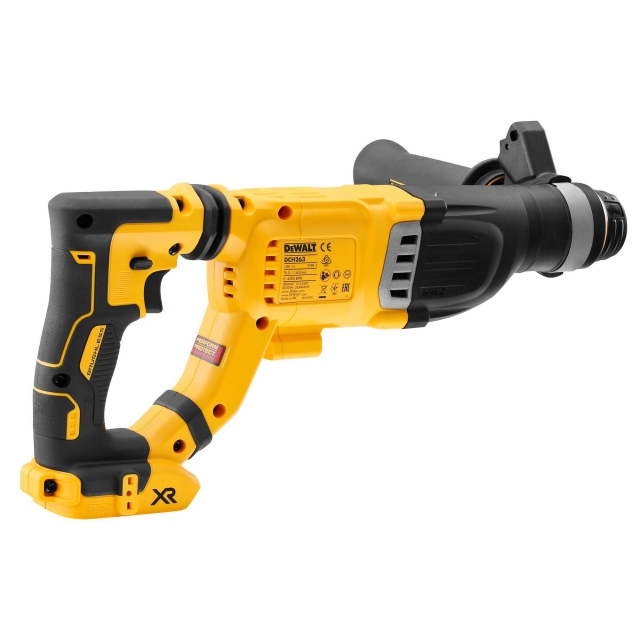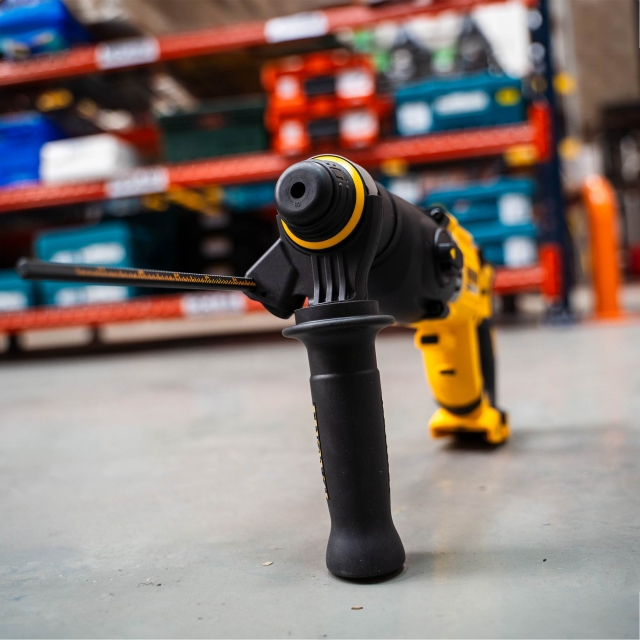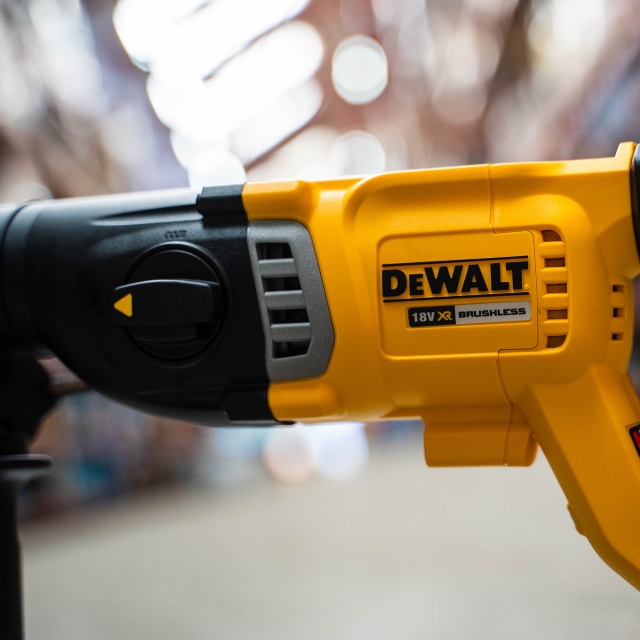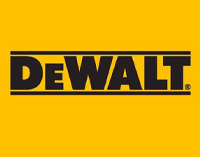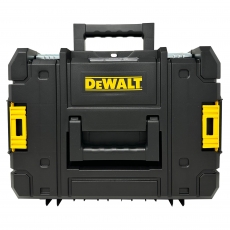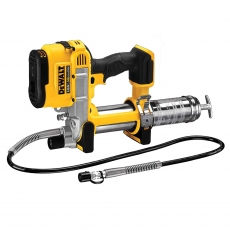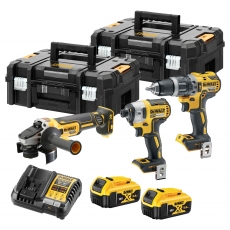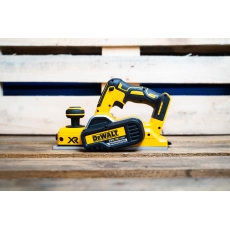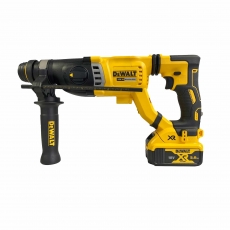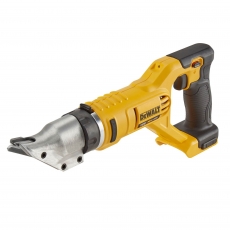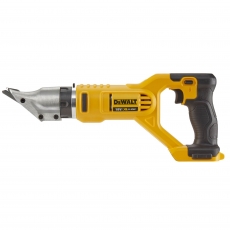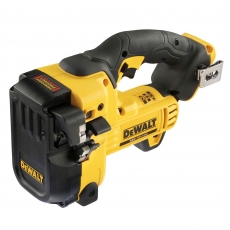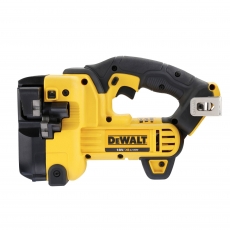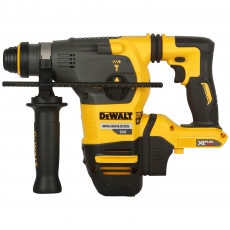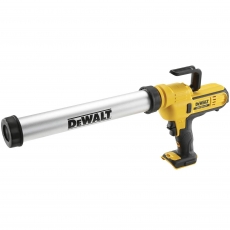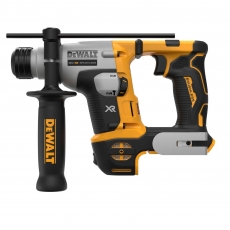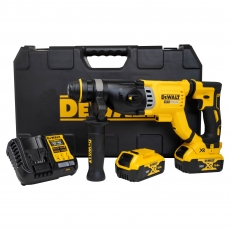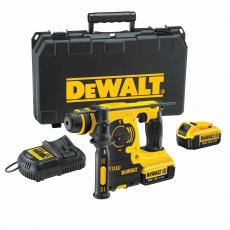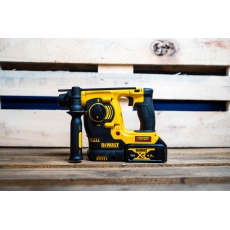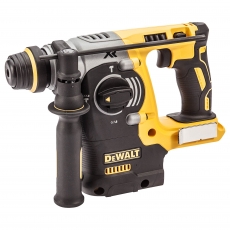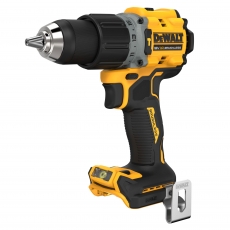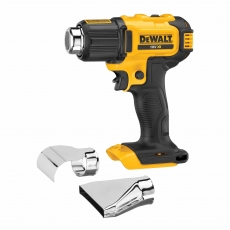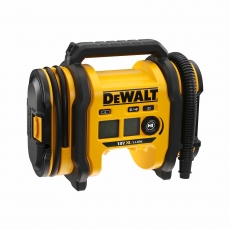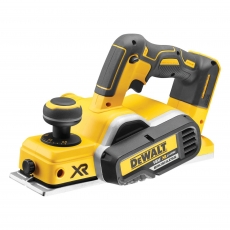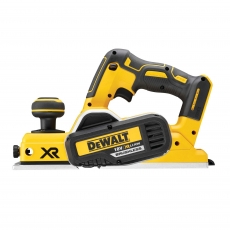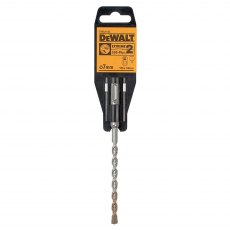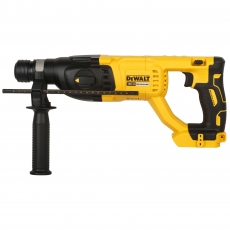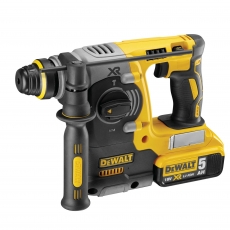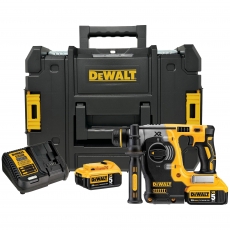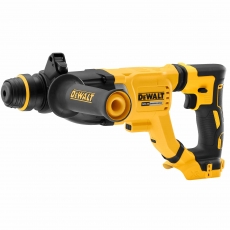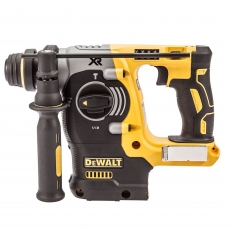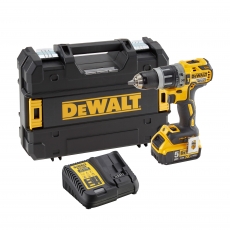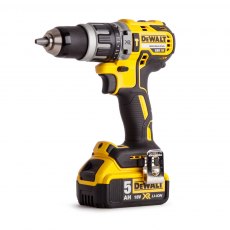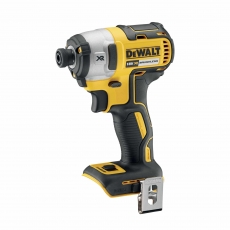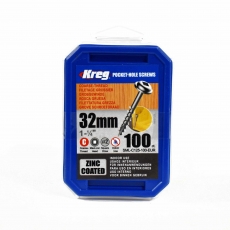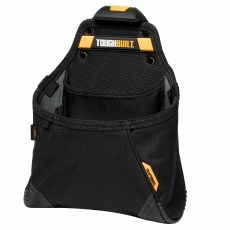DEWALT DCH263N 18v Brushless SDS Plus Hammer Drill BODY ONLY
DEWALT DCH263N 18v Brushless SDS Plus Hammer Drill BODY ONLY
Why Not Add
VAT (£10.46 ex VAT)
VAT (£13.91 ex VAT)
VAT (£12.42 ex VAT)
VAT (£38.27 ex VAT)
What’s Included
- This is a Body Only machine, which is not supplied with a battery or charger.
- This item may be supplied in unbranded packaging
- Number of Batteries Supplied: 0
- Voltage: 18v
- Type: Brushless
Product Overview
Part No: DCH263N-XJ(DEWPDCH263N-XJ)
Features & Benefits
- 18v XR Brushless SDS+ hammer drill
- Brushless motor for optimum life and runtime
- Ideal for drilling various diameter anchors holes (Max 28 mm optimum 6-18 mm)
- In-Line design offers better ergonomics/access for vertical drilling (Above head and on ground) perfect for M and E, drylining etc
- Low vibration (9.1m/s²) for repetitive drilling
- Optional integrated dust extraction adaptor available for added safety
Technical Specification
- Voltage: 18v
- Motor: Brushless
- Impact Energy: 3 J
- No Load Speed: 0-1165
- No Load Impact Rate: 0-4300 bpm
- 3 Modes: hammer drill, rotary only, hammer only
- Drilling capacity in concrete: 28 mm max
- Low vibration: 9.1m/s² concrete drilling / 7.7m/s² chiselling
The DeWalt DCH263N SDS-Plus 18v Hammer Drill has three operating modes; Rotation Stop mode for light chiselling in plaster, tiles and render, Impact Stop Mode and Rotary Only for drilling through wood and metal.
This superb DeWalt Power Tool is supplied with a hard-wearing brushless motor at it's heart making it ideal for drilling anchors and fixing holes into concrete, brick, and masonry from 4 mm to 28 mm. The bright white LED work light with delay feature increasing visibility plus the compact, lightweight and ergonomic design improves comfort and support of the DCH263N during extended operating periods. This tool is supplied Body Only, so doesn't come with a battery and charger.
Reviews







FAQs
Cordless SDS Plus Hammers are tools which pack a lot of punch. They’re designed for driving into masonry, which means that they need to rotate as quickly as possible. On top of that, because their primary role is as a hammer drill, the impact rate – measured in either impacts per minute (ipm) or blows per minute (bpm) is definitely an important characteristic to consider. You should also check the maximum drilling capacity, which determines how far the tool will go into the material you’re working with.
The main differences are in the kind of drill bits they use and the amount of power they can bring to a task. Slotted Drive System drills use bits with slots or indentations and a pair of sprung ball bearings at the end of the shaft, which ensure a snug fit into the chuck. The fact that SDS drills usually have faster rotations and provide more blows per minute sets them apart from a ‘traditional’ hammer drill and makes them particularly suitable for tougher drilling tasks, such as driving into concrete.
One significant difference between these kinds of tools is the size of the shank. SDS Plus bits typically have a 10mm shank, while SDS Max is 18mm. This means that an SDS Max tool can use SDS Plus drill bits with an adaptor, but SDS Max bits aren’t ‘backwards’ compatible. The other main difference is that an SDS Max drill has even more power than an SDS Plus tool and is designed for working on tougher jobs than you might use the SDS Plus machine for.
Brushed motors use carbon brushes to transfer power from the fixed part of the motor to the rotor. This creates a reliable and relatively inexpensive motor, but brushed motors do require regular maintenance, in order to either clean the brushes or replace them as they wear out. A brushless motor, by contrast, uses a magnet mounted on the rotor to generate the power and electrical switching to perform the function carried out by the brushes. The additional complexity of the motor’s working means that brushless motors are usually more expensive than brushed.
However, eliminating the brushes also eliminates internal friction and maintenance, meaning that brushless motors offer both increased power and a longer working life. Brushless motors also generate less heat and noise and so, on balance, are considered superior to brushed motors.
That depends entirely on what your SDS Plus Hammer needs to do. One useful rule of thumb is to remember that the higher the voltage of the tool, the more it should be able to do. As an example, a 12v machine will usually have a drilling capacity in concrete of less than 15mm; the new 54v tools from DeWalt can drill to 30mm. We also have 18v, 36v and 40v options, from leading brands including Hikoki and Makita.
Delivery & Returns
Warranty
Related Products
VAT (£236.57 ex VAT)
VAT (£320.93 ex VAT)
VAT (£156.12 ex VAT)
VAT (£184.44 ex VAT)
VAT (£260.85 ex VAT)
VAT (£345.53 ex VAT)
VAT (£241.36 ex VAT)
VAT (£167.17 ex VAT)
VAT (£241.06 ex VAT)
VAT (£160.44 ex VAT)
VAT (£239.97 ex VAT)
VAT (£314.51 ex VAT)
VAT (£269.21 ex VAT)
VAT (£265.18 ex VAT)
VAT (£160.01 ex VAT)
VAT (£89.61 ex VAT)
VAT (£86.25 ex VAT)
VAT (£68.10 ex VAT)
VAT (£100.57 ex VAT)
VAT (£2.74 ex VAT)
VAT (£123.05 ex VAT)
VAT (£117.88 ex VAT)
VAT (£234.32 ex VAT)
VAT (£2.64 ex VAT)
VAT (£96.31 ex VAT)
VAT (£246.95 ex VAT)
VAT (£148.10 ex VAT)
VAT (£149.23 ex VAT)
VAT (£82.02 ex VAT)
VAT (£123.05 ex VAT)
VAT (£2.43 ex VAT)
VAT (£55.64 ex VAT)
VAT (£49.79 ex VAT)





